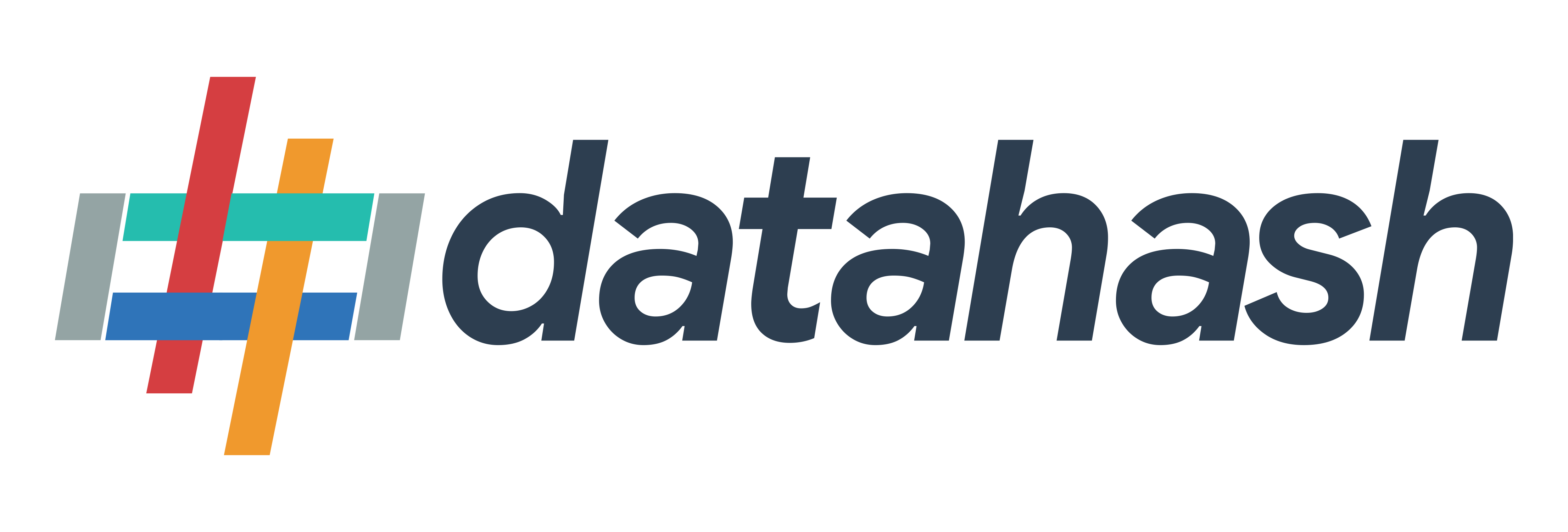Overview:
Enhanced conversions is a feature that can improve the accuracy of your conversion measurement and unlock more powerful bidding. It supplements your existing conversion tags by sending hashed first party conversion data from your website to Google in a privacy safe way. The feature uses a secure one-way hashing algorithm called SHA256 on your first party customer data, such as email addresses, before sending to Google.
Goals
- Reduce your cost per action with increased event matching.
- Increase data control.
- Improves measurement of Online Conversions.
- Track sales and events that happen on a website.
Source Set-up:
Website data source is the most common event source that can be used to track user actions on the website. Website data source tracks user actions and hashed user data which can be sent to multiple types of data destinations such as Ad platforms for targetting and campaign optimization, analytics, and marketing automation tools.
Destination Set-up:
Google Enhanced Conversions destination is set up using a Google Ads Customer Account ID and MCC Account ID that can be created or are available in Google Ads Manager interface. Conversion Actions available in the Google Ads account are mapped with the website events to track them via Google Enhanced Conversions API.
Pre-requisites:
- Datahash account login with Website source and TikTok Web Events API destinations connectors enabled
- Access to Domain Manager of your website domain for setting up a new sub-domain
- Access to Google Tag Manager or website code to implement the website tags
- TikTok Ads Manager access through TikTok for Business account with access to Pixel set-up on the business website
This document will guide you through the implementation of TikTok web Events API through your website as a data source.
Implementation of TikTok web Events API includes the following three steps:
Step 1: Set up a sub-domain for first-party cookies
Step 2: Set up your website as a data source for Web events












